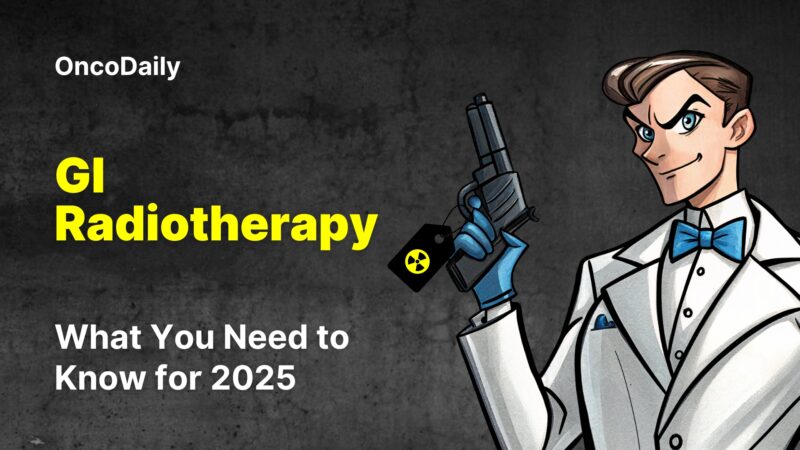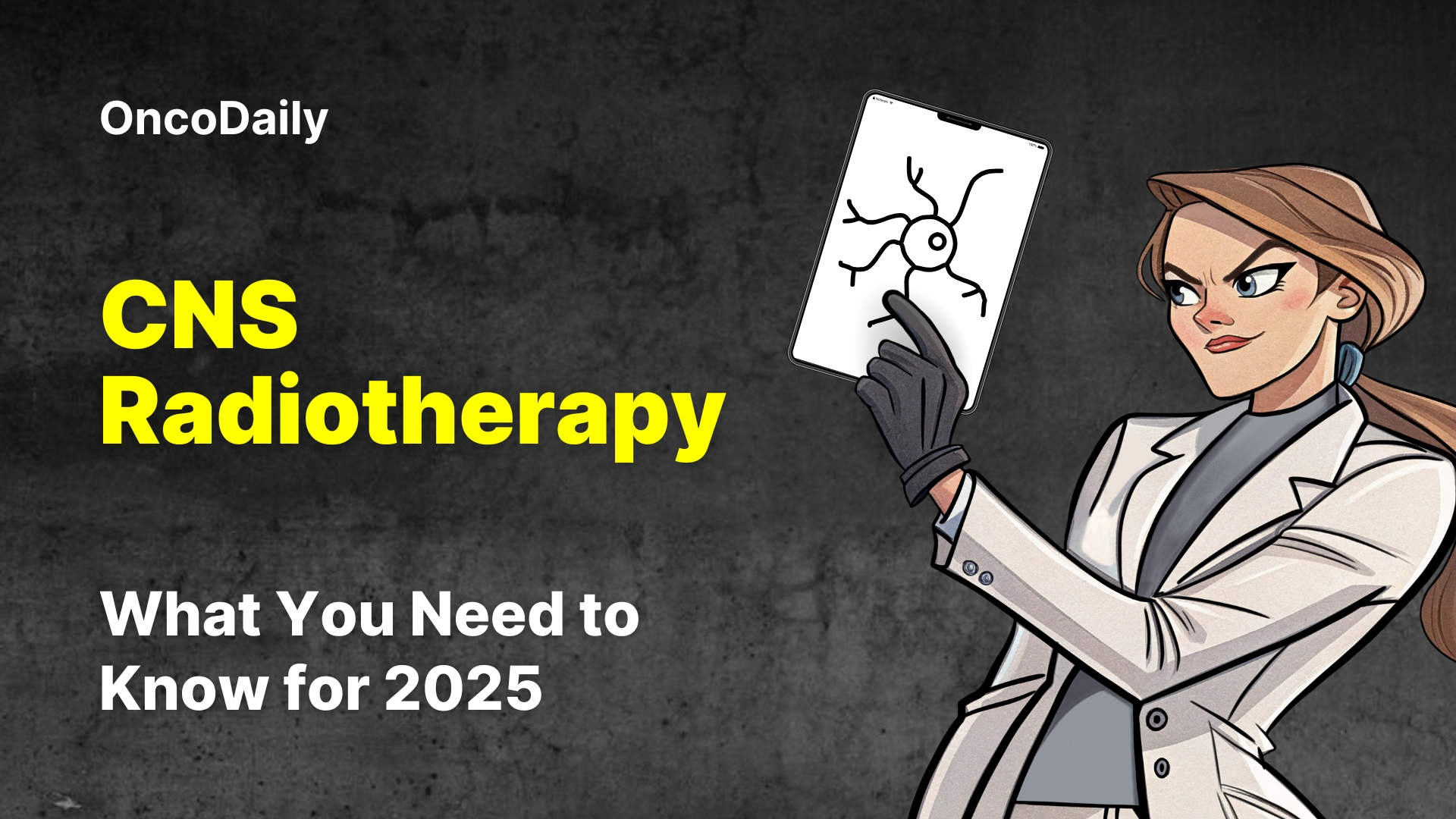This article will delve into recent advancements and innovative research within the field of Central Nervous System (CNS) radiotherapy. We will explore how innovative techniques and evolving understanding of tumor biology are shaping the future of treatment for brain and spinal cord malignancies.
Machine Learning in CNS Radiotherapy
A recent study by Kim et al. (2025), published in the esteemed journal Radiotherapy and Oncology, has made a significant contribution to the field of neuro-oncology. Their research focused on developing and rigorously validating a prognostic model for progression-free survival (PFS) in patients diagnosed with atypical meningiomas. This is a crucial step forward, as atypical meningiomas can have varied prognoses, making personalized treatment planning a challenge.
The study meticulously identified several key prognostic factors: patient age, post-operative platelet count, performance status, Simpson grade (which assesses the extent of tumor removal), and the role of adjuvant radiotherapy (ART). What’s particularly noteworthy is that their Cox proportional hazards model demonstrated superior predictive accuracy compared to other machine learning approaches. This robust model’s ability to accurately predict PFS is a game-changer for clinicians. Ultimately, the findings from this study will be instrumental in risk stratification for patients with atypical meningiomas, allowing for more precise and personalized treatment planning to potentially improve patient outcomes.
Particle Therapy for CNS tumors
A study by Kristensen et al. (2025), published in Radiotherapy and Oncology, investigated fatigue in 167 adult patients with malignant brain tumors undergoing proton beam therapy (PBT). While PBT was generally well-tolerated with similar fatigue levels pre- and post-treatment, the research explored potential correlations between radiation dose and patient-reported fatigue.
Key findings indicated that higher mean brain dose was weakly but consistently correlated with increased risk of fatigue after PBT, particularly for physical fatigue, reduced activity, and reduced motivation. Specifically, at 12 months post-PBT, higher mean doses to the brain, brainstem, hippocampi, and pituitary were linked to worsened MFI Physical Fatigue. Reduced Motivation was correlated with higher doses to the brainstem and pituitary. By 36 months, reduced activity and motivation were correlated with higher doses to the brain, brainstem, and hippocampi. The authors suggest that further reduction in mean brain dose could be beneficial in mitigating fatigue.

Radiotherapy in 2025: Read Our Latest Discoveries!
Nutrition and CNS Radiotherapy
A study by Cahoon et al. (2025), published in The Journal of Nutrition, investigated the effects of blueberry (BB) supplementation on acute neuroinflammatory and oxidative stress (OS) induced by high energy and charge (HZE) particle irradiation, a stressor that accelerates brain aging. The research aimed to determine if BB supplementation, administered before, after, or both before and after irradiation, could mitigate neuronal and cognitive deficits.
Key findings revealed that all BB treatment regimens (pre-irradiation, post-irradiation, or both) were similarly effective in reducing 56Fe-induced recognition memory deficits in a novel object recognition test. Furthermore, these treatments significantly attenuated the protein and/or mRNA expression of neuroinflammatory factors (including TNF-α, iNOS, COX-2, p-I$\kappa$B-α), a key oxidative stress mediator (NADPH oxidase-2), and markers for microglia and astrocyte activity (CD68 and GFAP) in the frontal cortex and hippocampus of rats 45 days post-irradiation. These results highlight the potential of dietary post-treatments with antioxidant and anti-inflammatory properties, like blueberries, to mitigate biochemical changes in the brain and memory deficits following acute neuroinflammatory/OS-inducing stressors, in addition to their known protective benefits.
Radiotherapty of Brain Metastases
A multicenter retrospective study by Koide et al., published in the Journal of Neuro-Oncology in 2024, investigated the impact of concurrent antibody-drug conjugates (ADC) and radiotherapy on symptomatic radiation necrosis (SRN) in breast cancer patients with brain metastases. The study found that concurrent use of ADCs and radiotherapy was associated with a significantly higher risk of SRN, particularly in HER2-positive breast cancer patients. Among 168 enrolled patients, the two-year cumulative incidence of SRN was 27% in those receiving concurrent ADC compared to 7% in those who did not, with concurrent ADC independently associated with a threefold higher risk of SRN.
A retrospective study by Luo et al., published in International Immunopharmacology in 2024, investigated the therapeutic benefits of adding granulocyte-colony stimulating factor (G-CSF) to whole brain radiotherapy (WBRT) combined with immunotherapy as a first-line treatment for non-small cell lung cancer (NSCLC) brain metastases. The study, involving 117 patients, found that the G-CSF group had significantly improved overall survival (median 14.8 vs. 10.2 months; HR: 0.61, p=0.035) and a higher rate of relief from brain metastasis-related symptoms (91.7% vs. 59.5%, p=0.037) compared to the no G-CSF group. While intracranial response rates were similar, G-CSF was well-tolerated and reduced neutropenia incidence. The findings suggest that G-CSF integration is an efficacious and well-tolerated approach for NSCLC-BMs.
Written By Aren Karapetyan, MD
